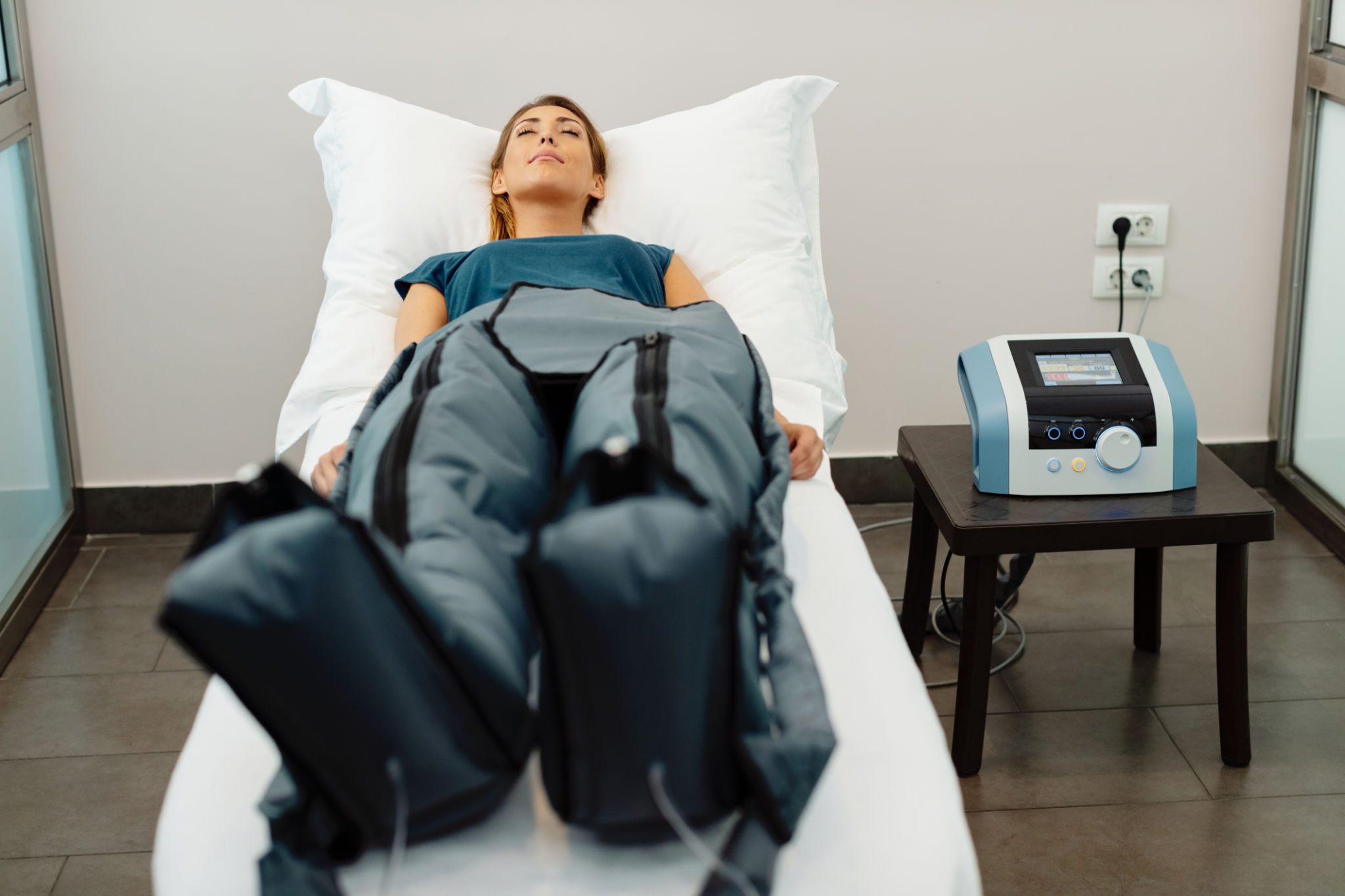The Science Behind Sports Recovery Devices: What You Need to Know
Understanding the Basics of Sports Recovery
Sports recovery is a crucial component in any athletic training regimen. The body's ability to heal and strengthen itself post-exercise is what enables athletes to push their limits and improve performance. With advances in technology, sports recovery devices have become an integral part of this process, offering solutions that range from compression gear to electronic muscle stimulators. But how do these devices work, and what is the science behind them?

The Role of Compression Therapy
Compression therapy is one of the most widely used methods in sports recovery. It involves applying pressure to specific parts of the body to improve circulation and reduce muscle soreness. The science behind compression therapy is rooted in its ability to enhance venous return, meaning it helps blood flow back to the heart more efficiently. This increased circulation aids in the removal of metabolic waste products like lactic acid, which can cause muscle fatigue.
Benefits of Compression Gear
Compression gear, such as sleeves and socks, is designed to provide a snug fit that supports muscles and joints. Some benefits include:
- Reduced swelling and inflammation
- Improved muscle oxygenation
- Faster recovery times

The Science Behind Cryotherapy
Cryotherapy, or cold therapy, is another popular method used by athletes to speed up recovery. By exposing the body to extremely low temperatures for short periods, cryotherapy can help reduce inflammation and pain. The cold causes blood vessels to constrict, reducing blood flow to specific areas and subsequently decreasing swelling. Once the treatment ends, blood flow increases, delivering oxygen-rich blood to the muscles.
How Cryotherapy Benefits Athletes
Some of the primary benefits of cryotherapy include:
- Reduced muscle soreness and joint pain
- Decreased inflammation and swelling
- Enhanced energy and mood post-treatment

Exploring Electrical Muscle Stimulation (EMS)
Electrical Muscle Stimulation (EMS) devices use electrical impulses to cause muscle contractions, simulating the natural action of muscles during exercise. This technology is based on the principle that electrical stimulation can enhance muscle recovery by increasing blood flow and promoting the release of endorphins. EMS is particularly beneficial for athletes recovering from injuries or those looking to maintain muscle tone while resting.
Advantages of EMS in Recovery
The use of EMS can provide several advantages, including:
- Accelerated muscle recovery
- Improved muscle strength and endurance
- Relief from muscle spasms and tension

Conclusion: Choosing the Right Recovery Device
With a variety of sports recovery devices available, choosing the right one depends on an athlete's specific needs and goals. Whether it's reducing inflammation through cryotherapy or enhancing circulation with compression gear, understanding the science behind these devices can help athletes make informed decisions about their recovery strategies. By incorporating these advanced technologies into their routine, athletes can not only recover faster but also optimize their overall performance.